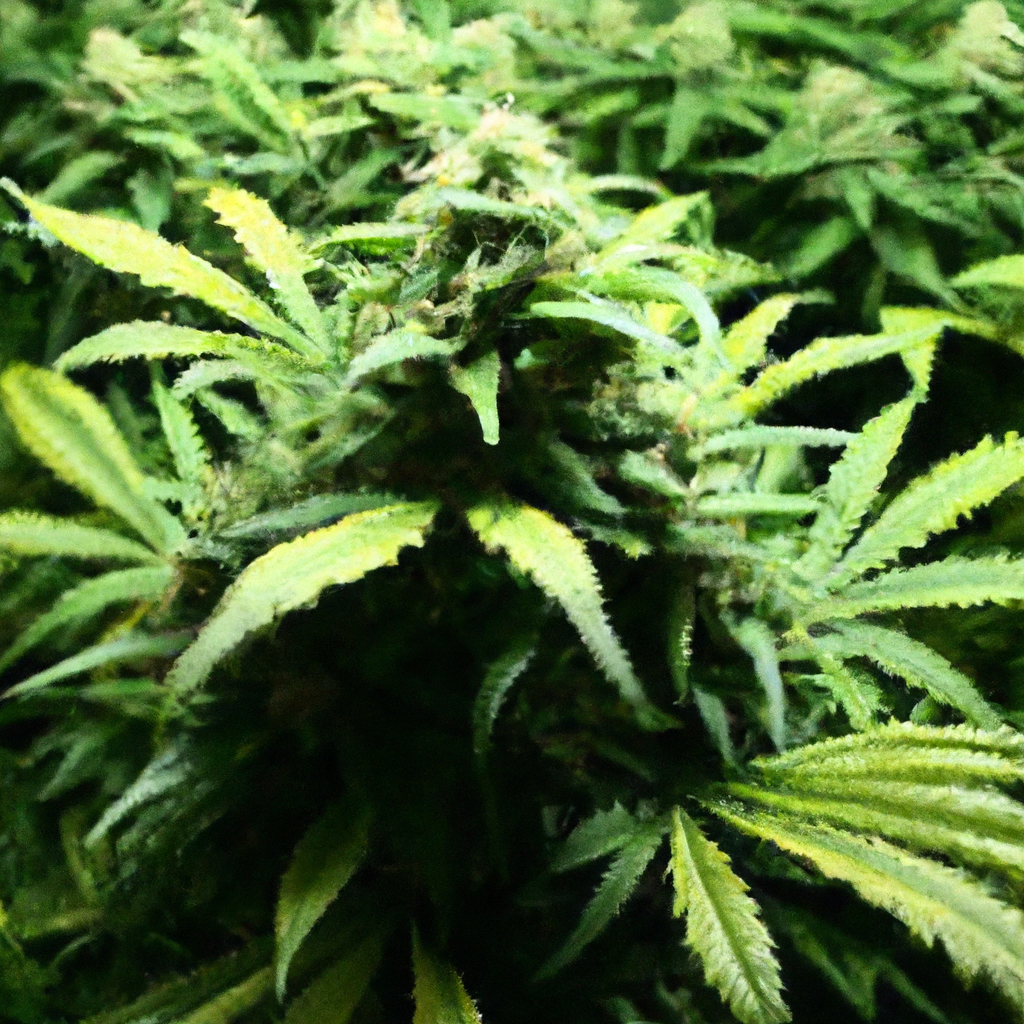Your cart is currently empty!
As urbanization progresses and space becomes a premium, innovative cannabis cultivators are turning to vertical farming to maximize their output in limited environments. Vertical farming, an advanced growing technique, offers numerous advantages for cannabis cultivation, including increased yields and efficient resource use. In this post, we will explore practical strategies to master vertical farming in cannabis cultivation and overcome common challenges.
Introduction to Vertical Farming in Cannabis
Vertical farming involves growing cannabis plants in vertically stacked layers, often using controlled environments such as greenhouses or indoor facilities. This technique optimizes space and light penetration, leading to higher plant density and production. It requires careful planning and execution to ensure plants receive adequate nutrients, light, and support.
Benefits of Vertical Farming
- Maximized Space Utilization: Vertical setups allow you to grow more plants per square foot, making the most of confined spaces.
- Increased Yields: Through optimized plant density and controlled environments, yields can soar significantly compared to traditional horizontal methods.
- Efficient Resource Use: Vertical farming enables efficient use of water, nutrients, and light, cutting down waste and lowering costs.
Techniques for Successful Vertical Farming
1. Strategic Light Placement
In vertical farming, ensuring even light distribution is crucial. Invest in adjustable LED lighting systems that can be repositioned and customized for intensity. This helps provide uniform light to all layers, minimizing shading issues and promoting even plant growth.
2. Advanced Irrigation Systems
Employ a precise drip irrigation system to deliver nutrients and water directly to the plant roots. This system minimizes water wastage and ensures each plant receives the necessary nutrients, reducing the risk of diseases caused by waterlogged conditions.
3. Proper Plant Support
Due to the multi-layered arrangement, providing adequate support to the plants is essential. Use trellises or netting to offer stability as plants grow upwards, preventing them from toppling over and allowing for optimal air circulation.
Overcoming Challenges in Vertical Farming
Vertical cannabis farming does offer challenges, but effective strategies can mitigate them:
- Challenge: Maintaining consistent environmental conditions across all layers.
- Solution: Integrate advanced climate control systems that regulate temperature and humidity efficiently.
- Challenge: Managing pests due to closer plant spacing.
- Solution: Employ Integrated Pest Management (IPM) techniques to monitor and control pest populations effectively.
Conclusion and Key Takeaway
Mastering vertical farming in cannabis cultivation can significantly enhance yields and resource efficiency. By focusing on strategic light placement, advanced irrigation systems, and proper plant support, growers can optimize their setups for success. Overcoming challenges related to environment control and pest management ensures a sustainable and profitable cultivation process.
As the demand for cannabis continues to rise, vertical farming stands as a promising solution to produce high-quality plants within limited spaces while conserving resources.
Tags: VerticalFarming, AdvancedGrowingTechniques, CannabisCultivation, IndoorGrowing
Discover more from Magic Clones
Subscribe to get the latest posts sent to your email.


Leave a Reply